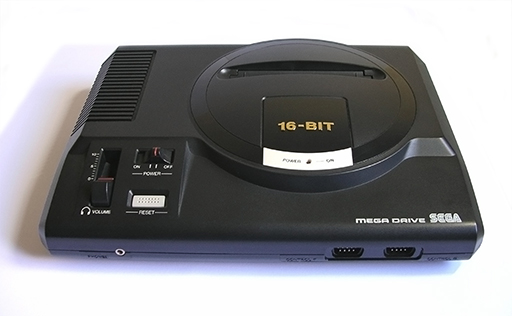4.1 The ascent of the born-digital
As human activity and interaction is increasingly digitally mediated, the quantity of born-digital data grows; emails, text messages, digital photographs, and social media make it impossible to function within society without adding to the flow of it. Even if we avoid engaging directly, evidence of our lives, work, health and finances are noted, stored and exchanged digitally.
Though we are all more or less familiar with some parts of the born-digital landscape, using born-digital data for research purposes is distinct from our routine engagement with digital technologies and poses a different set of challenges and considerations.
Activity 5 Digital data and your everyday life
Do you use social media or other web-based publishing platforms? How many? How often? What does your data-trail say about you?
If you have a social media profile, see if you can find out how to download all of your data; alternatively, try searching for yourself and finding out what others can see.
Imagine you have recently taken a brilliant photograph on your phone. You have it printed and frame it to put on your desk. Is this now a ‘born-digital’ photograph? Should you keep the digital file?
Discussion
Yes, the photograph on your desk is a born-digital object; however, if the file gets lost, then the only way of it becoming ‘digital’ again will be through digitisation, so, yes, do keep the digital file.
The web and its archives
The most substantial sources of data available to us beyond our usual scholarly sources are websites and social media posts. The first web page appeared online in 1990 and described the project that led to its existence; today, the Google Search Index contains billions of web pages, which are frequently updated, created or deleted. These instabilities are reflected in the way that online materials are cited in academic writing, giving a date of access as well as the link to the source itself. In an effort to preserve this shifting sea of information and activity for the future, a number of projects exist to archive the web. Many of these have national boundaries; for example, in the UK, this work is administered by the national and copyright libraries, which maintain the Open UK Web Archive (active since 2004 and accessible online) and the Non-Print Legal Deposit UK Web Archive (active since 2013, and accessible only on computers in the reading rooms of the libraries), and a third national web archive exists in the form of the JISC UK Web Domain Dataset (1996–2013). The most extensive, international, and easily available effort to preserve the history of web pages is the Internet Archive, which maintains historical snapshots of nearly five billion web pages, allowing comparison of changes over time.
Social media and self-publishing
The internet has enabled platforms that allow people to freely self-publish: from GeoCities microsites to forums, blogs and bulletin boards, to fanfiction sites, Flickr and DeviantArt, these platforms overturned traditional publishing models. With the emergence of Facebook, Twitter, and social media proper has produced microcosmic flows of information about people’s lives, as they choose to present them online. Although recent activity on public accounts is easily visible, historical posts are not always accessible, not all social media posts are kept by archival institutions, and specialist knowledge is sometimes required to work with such data.
Progress and obsolescence
As new technologies develop, older technologies are left behind and support for them ends: this is known as obsoletion. In the early 1990s, games consoles, such as Sega’s MegaDrive/Genesis were popular but are now obsolete historical objects. Some, of these obsolete systems and their software are preserved in archival formats, but special expertise is needed to maintain and operate them.

